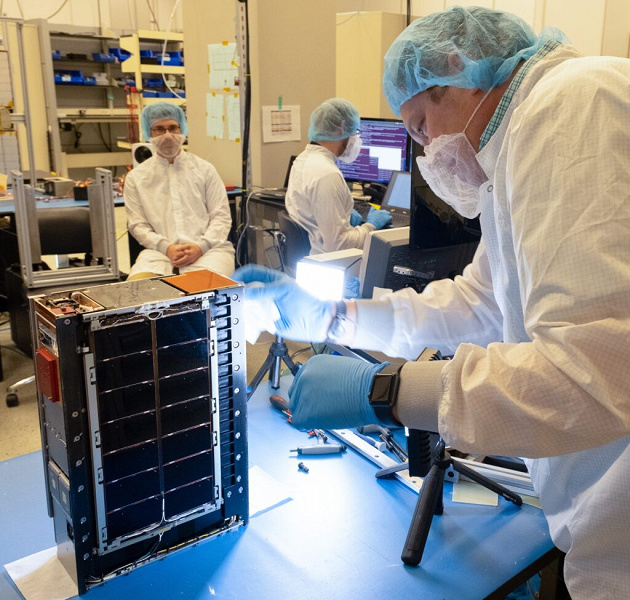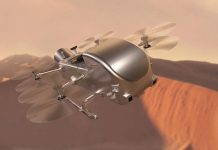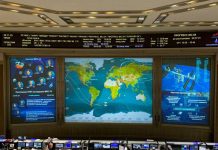NASA announces end of LunaH-Map mission
LunaH-Map was developed to map ice deposits at the South Pole of the Moon. He flew around the moon shortly after launch on November 16, 2022. Due to technical problems, it was not possible to correct its course to achieve the planned scientific orbit around the South Pole of the Moon, in particular over the permanently shadowed regions of the Moon. This orbit was designed to take measurements at an altitude of only 10 kilometers.
Attempts to restore the progress of the mission ended in May, but the cubesat continued to collect and transmit data. While LunaH-Map failed to map the Moon’s South Pole, the cubesat did achieve one of the mission’s main goals, the statement said. His spectrometer successfully detected water and ice on the lunar surface.

NASA mission to find ice on the moon with cubesat officially completed
“We said goodbye to our little spacecraft, but this is not the last time you hear about it. We have many articles and presentations planned this year and next,” wrote LunaH-Map mission director Craig Hardgrove.
LunaH-Map was part of a cluster of 10 cubesats launched with Artemis 1 as part of the SIMPLEx (Small Innovative Planetary Exploration Missions) program in November 2022. Although many of the cubesats completed their primary tasks, others also faced difficulties. For example, the Japanese spacecraft Omotenashi was unable to deliver a microrover to the moon due to communication problems. NASA’s NEA Scout (Near-Earth Asteroid Scout) cubesat failed to get in touch, which is why it could not go on a solar sail to a near-Earth asteroid.
“We are very pleased that the LunaH-Map team was able to use the opportunity to demonstrate the capabilities of their neutron spectrometer in flight, even though the mission did not go as planned. SIMPLEx missions are inherently risky because they are designed to test the limits of what can be achieved with cheaper missions,” said Laurie Gleizes, director of planetary science at NASA Headquarters in Washington.
The larger mission of Artemis 1 has been accomplished, including orbiting the Moon and returning the Orion spacecraft safely to Earth. NASA is currently working on the second mission in the series, Artemis 2. This will be a flyby mission with a crew of four astronauts around the Moon, expected to launch in 2024. The Artemis 3 mission – with a man on the moon – could take place as early as 2025 or 2026.




